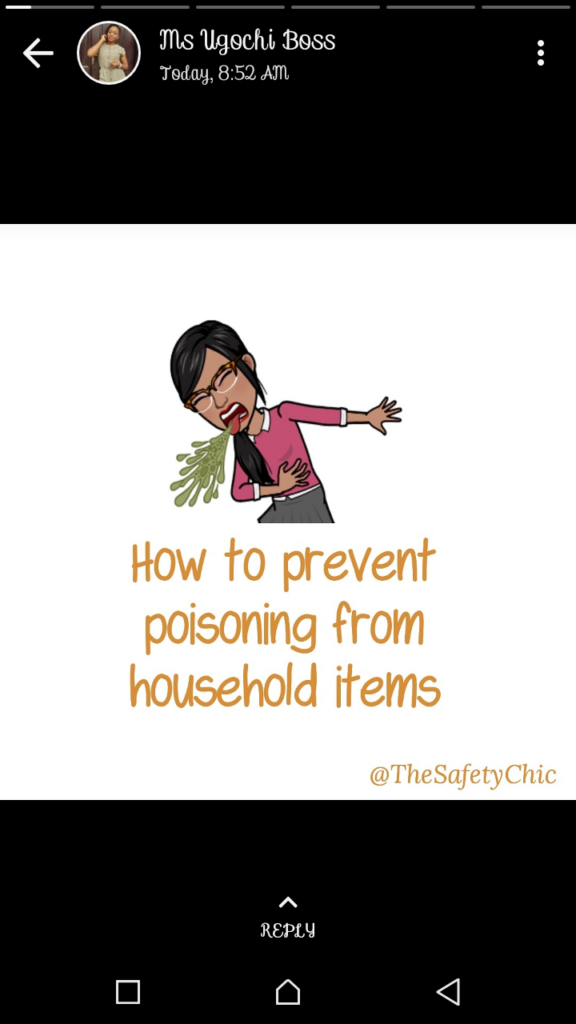Last week, I had an online session at the Cake Business Summit. I was to speak on safety standards so we discussed various aspects regarding safety in the baking business. This is a compilation of what I researched and what we learned. Enjoy!
The ILO Constitution sets forth the principle that workers should be protected from sickness, disease and injury arising from their employment. An estimated 2.3 million people die every year from work-related accidents and diseases. More than 160 million people suffer from occupational and work-related diseases, and there are 313 million non-fatal accidents per year. The suffering caused by such accidents and illnesses to workers and their families is incalculable. In economic terms, the ILO has estimated that more than 4% of the world’s annual GDP is lost as a consequence of occupational accidents and diseases. Yet many of these tragedies are preventable. This is why a preventive Health and Safety plan is the way forward.
What then do you need to keep your baking business safe and within standards?
There are 3 major requirements to keep your cake business safe:
- Provide and maintain a safe workplace
- Ensure employees are not exposed to hazards
- Have a documented Food Safety Management System in place
Safe workplace
You need to consider the following:
- Can the workplace be accessed and exited without injury?
- What is your ventilation plan? Artificial or Natural?
- What is the layout of the kitchen? How is the oven, fridge, work surface arranged?
- What kind of floors do you have? Slippery? Uneven?
- Where are your equipment kept? What condition are they kept in?
- Does your wall have a smooth finish?
- Can the workspace be easily cleaned, maintained or repaired?
- What are your plans to keep pests away from your workplace
- Where is the toilet located?
Answering these questions would help you know the status of your workplace and lead to improvement of safety standards.
Potential Hazards
Hazard is anything at all with the potential to cause harm. What then can cause harm in your baking business?
- Poor hygiene
- Poor posture during manual handling
- Slips, trips and falls
- Flour dust
- Heat, fire, gas leaks
- Poor equipment storage
- Repetitive tasks
- Poor housekeeping
- Loose clothing, dangling jewellery and hair
After identifying the hazards, you need to determine control measures. Control measures are solutions you can put in place to either eliminate, reduce or isolate the effects of hazards. It is important to monitor the chosen control measures for effectiveness. If something is not working well, feel free to change it.
- Poor hygiene: Hand washing is very important. If you touch your face, hair, phones or visit the toilets while working, wash your hands before you continue. When you are ill, you should avoid baking. Different customers have different immunity thresholds, so you might unknowingly pass on infections to your clients. Therefore have plans for backup for duration when you are ill. No ill health 48 hours before baking.

- Poor posture: Baking involves moving things from one point to the other and these things are done regularly. Imagine doing them in the wrong posture for long periods 5 days in a week, 52 weeks in a year, the body would suffer consequences soon enough. Always keep equipment within reach. If above shoulder level, climb to retrieve it. If below, squat to retrieve, do not bend from waist. When you have to maintain awkward posture to perform a task, reduce the amount of time spent in that position. You can also introduce appropriate machines to help you.
- Slips, trips and falls: This could be caused by uneven floors, spills, inadequate lighting, obstruction and wrong lifting equipment. Ensure that floors are level and have good traction. You could also put signage where staff have to descend or ascend to another level. Dark corners should be properly lit and things must be returned to their location after use.
- Flour dust: This could lead to occupational asthma over a period of time. Aim to reduce the amount of dust in the air through good ventilation, exhaust systems and masks. Also teach staff that when using flour, they should sprinkle instead of throwing, place ingredients gently in flour instead of throwing and to tip bags gently.
- Heat, Fire, Gas leaks: Adequate ventilation and use of oven gloves or cloth can help with reducing heat. For fire, we need to pay attention when cooking and avoid distraction. It’s good to have a fire blanket and an extinguisher close by too. Keep flammable liquids away. For gas leaks, where possible gas cylinders must be kept outside. If not possible, cylinders should be turned off when not in use. Also, be observant and monitor smells.
- Poor equipment storage: When equipment are not stacked right, they could fall on an unsuspecting staff. Therefore, equipment should always be stored well.
- Repetitive tasks: This job entails that certain tasks have to be repeated regularly. If they are not properly spaced out, this could lead to repetitive strain injuries (RSIs). It is advisable to space out those tasks, rotate it among different staff, reduce the amount of time spent on the task and introduce frequent breaks.
- Poor housekeeping: Workspace has to be cleaned regularly and trash disposed accordingly. Equipment and materials have to be returned immediately after use to ensure it doesn’t become a trip hazard.
- Loose clothing, dangling jewellery and hair: These can get caught in doors or cabinets and that is why it is necessary to ensure jewellery and hair are tucked away. Only smart clothing should be allowed in order to reduce accidents.
Considering these hazards and putting effective control measures in place shows that you care about your employees and having a safe workplace.
Food Safety Management System
You need a documented plan of how you would ensure that food from your kitchen to the public is safe. It is important that you the cake business owner and your employees have undertaken a food hygiene training or a food safety training. This training can be done offline or offline. Since regulators can come to your workplace at any time, it is vital that you are prepared. You should be able to show the work systems and procedures you have in place to keep the business safe.
There are 3 types of contaminants:
Physical: this could be your hair, nails or even peeled paint from walls
Chemical: This could be from cleaning chemicals getting into food
Microbiological: this could be from cross contamination e.g fluid from raw meat getting on to ready to eat food like fruits and vegetables.
Important tips to consider here are:
Traceability: You should have records for all ingredients used in your business e.g where they were bought, expiry date etc. You should also have records of where the cakes went to. This makes it easy to trace if an ingredient was bad or if someone fell ill from consuming baked product.
Kitchen procedures: You should have a procedure of how various tasks are done in the business. This ensures uniformity and reduces room for error. When everyone begins to comply with your kitchen procedures, it becomes a system such that new employees follow suit.
- Cross contamination: What do staff need to know and do about about their appearance (hair, clothes, ill health) before commencing baking? Where and when do they wash their hands? Where is raw meat kept in the fridge? Where are fresh fruits and vegetables kept in the fridge?
- Cleaning: How often is the baking area and entire workplace cleaned? Are cleaning cloths disposable or reusable? How often are they washed? What cleaning chemicals are used? How often is the fridge cleaned? How clean are baking equipment? Where are they stored? Do pets come into the baking area?
- Temperature Control: What is the temperature of your fridge? At what temperature is raw food kept?
Monitoring and Evaluation: It is important to monitor your system for flaws or under-performance regularly. Monitoring and evaluation does not only mean something has gone wrong, it leads to continual improvement. This will help you introduce better systems or properly maintain what is working well.
Your cake business should be a safe business.




